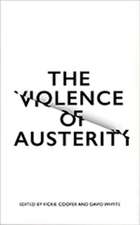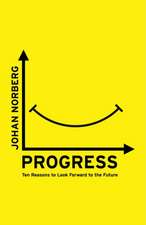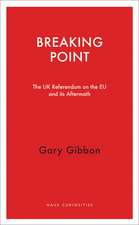Representing Women: Ecpr Press Monographs
Autor Mercedes Mateo Diazen Limba Engleză Paperback – 29 feb 2008 – vârsta de la 22 ani
Preț: 289.76 lei
Nou
Puncte Express: 435
Preț estimativ în valută:
55.44€ • 58.04$ • 45.88£
55.44€ • 58.04$ • 45.88£
Carte tipărită la comandă
Livrare economică 07-21 aprilie
Preluare comenzi: 021 569.72.76
Specificații
ISBN-13: 9780954796648
ISBN-10: 0954796640
Pagini: 275
Dimensiuni: 159 x 233 x 17 mm
Greutate: 0.45 kg
Editura: ECPR Press (European Consortium for Political
Seria Ecpr Press Monographs
ISBN-10: 0954796640
Pagini: 275
Dimensiuni: 159 x 233 x 17 mm
Greutate: 0.45 kg
Editura: ECPR Press (European Consortium for Political
Seria Ecpr Press Monographs
Cuprins
contents List of figures and tables Abbreviations GENERAL INTRODUCTION Outline of the book Comparative strategies A comment on the data and methods PART I: WHAT AFFECTS THE PRESENCE OF WOMEN IN PARLIAMENT? Introduction: Mechanisms for obtaining proportional representation in parliaments Descriptive and/or substantive representation? How should the problem of under-representation of women be solved? Classifying the spectrum of institutional reforms Chapter one: The temporal dimension of women's political participation A short look at the history of women's movements Women's rights on the agenda Self-evident political disparities: an analysis over time Chapter two: Macro-conditions affecting the presence of women in parliaments The analysis building-blocks: variables and concepts Structural conditions and women's political empowerment What comes first: the chicken or the egg? Chapter three: Enhancing the representation of women as a matter of specific institutional reforms The Belgian law on quotas concerning the sex-composition of candi-date lists New legislation in Belgium and other EU member states PART II: DOES THE NUMBER OF WOMEN IN PARLIAMENT HAVE AN EFFECT? Introduction: From rights to utility; arguments for women's presence in parliaments Equality as a question of rights Equality as a question of utility A critical mass? Empirical research on utility arguments The strategy of analysis Chapter four: Differences between female and male MPs: specialisa-tion, policy areas and role orientations Is there a gender structure in areas of specialisation? Do women and men stand for different issues? Who and what do women and men represent? Conclusion Chapter five: The perceived impact of a more gender-balanced parliament Do more gender-balanced parliaments change institutions? Do more gender-balanced parliaments change gender-equality policy? Do more gender-balanced parliaments change the democratic system? Conclusion Chapter six: Insight into the gender gap: a critical mass effect? The gender gap Data, method and the attitudes under examination Classification of the gender gap Is a critical mass needed for women legislators to have an impact? Acculturation and spillover effects Conclusion PART III: ARE WOMEN IN PARLIAMENT REPRESENTING WOMEN? Representative governments and accountability Part III's four hypotheses Chapter seven: Is there a gender representation? Issue congruence among voters and representatives in EU Member States Issue congruence between national parliaments and their electorates Issue congruence between parties and voters Conclusion Chapter eight: Is there a gender representation? Issue congruence among voters and representatives in Sweden 1968-98 Issue congruence between the Riksdag and the electorate Issue congruence between parties and voters Conclusion CONCLUSION What affects the presence of women in parliament? Does the number of women in parliament have an effect? Are women in parliament representing women? References and bibliography Index
Notă biografică
By Mercedes Mateo Diaz

















